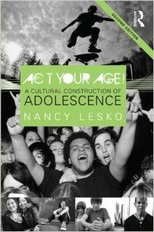
I didn’t expect my interest in studying representations of adolescence in young adult literature to lead me to focus on youth and sexuality, but it did. My thinking about young people and our ideas and expectations of them hasn’t been the same since.
When asked to teach my first YA course as a doctoral student, I felt intimidated. The graduate program drew teacher candidates with strong literary preparation and I wanted to ensure that their treatment of YAL felt rigorous to them, that they felt challenged by the course. To push myself and my students, I opened a copy of Lesko’s Act Your Age! A cultural construct of adolescence that had been sitting on my shelf for years. I had no idea whether it even made sense to think about Lesko’s ideas about adolescence in a YA class, but something propelled me to try anyway.
That something was likely the fact that I felt implicated by Lesko’s exposure of how most of us think about adolescence through a range of stereotypes: reckless, overly-emotional, irresponsible, immature. I loved the middle and high school students I had taught in California, but I thought of them through these “confident characterizations” of young people that ultimately demeaned them as people.
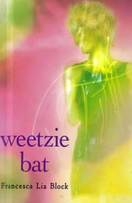
I’d been teaching Francesca Lia Block’s (1989) Weetzie Bat for years in my YA course, and pre-service students often worried about the depiction of sexual young people, cohabitating, and choosing to parent. I actually loved focusing on these depictions to help us notice our assumptions about youth. So I used this text in my study with experienced teachers, too, thinking that these depictions might seem less risky to them. I can be very naïve. Working with these smart, dedicated teachers, listening to them worry about what such a depiction might seemingly endorse for their students really, really taught me a lot that had been staring me in the face for years: most of us hold to these expectations of young people as sexually innocent and it affects our curriculum and certainly our text selections as well as the ways we think about and treat youth in our classes. I talk more about these assumptions and their repercussions here and if anyone has trouble accessing these pieces, contact me directly.
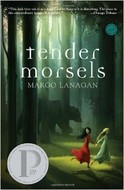
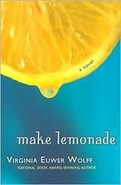
Amber’s project brought together a YA text I consider a classic (Make Lemonade); a very popular film (Easy A); and a book that was new to me, an award-winning text focused on LGBTQ themes (Cameron Post). I love what Amber did with her paper and how much I learned about depictions of female sexuality in texts featuring youth from our year-long conversations. For Amber, these texts grew progressively more transgressive in the way they featured young women as sexual.
In Wolff’s fantastic novel, we are helped to revise our ideas of young mothers by accompanying LaVaughn on her change of heart about Jolly as she helps her take care of her two kids. But in the end, in order for LaVaughn’s mom to change her mind—and perhaps some of us to change ours about Jolly?—Jolly has to heroically save her child from choking. It’s tough to focus on teen pregnancy in YAL without judging the youth, especially the young women (as Kokkola compellingly shows us in her book focused on this issue in YAL). In other words, as much as I love this novel and teach it regularly—especially since Wolff purposely left out racial references to allow readers to notice when we map them onto the women in this text (something like Toni Morrison in her only short story “Recitatif”)—the book foregrounds the difficulties that accompany female teen sexuality through pregnancy.
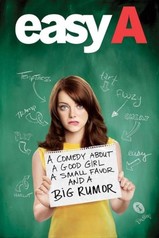
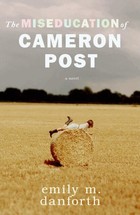
Following this “parlour conversation” about youth sexuality and how it’s represented in YAL primarily aimed at a youth audience is important. Youth are sexual. We were; they are. There’s no question about this. Yet, most of the literature aimed at youth punishes characters for their sexuality (see Kokkola’s book mentioned earlier). Imagine what these messages do for young readers without recourse to other views about sexuality. Imagine what it does to youth for whom a sexually innocent adolescence is unavailable. It matters greatly for us to think about these questions as we make text selections and recommendations for teachers, for young people, and for the many adults also reading YAL.
Click below for a flier about our March 5th conference
| draft3_gazmarch5_poster.pdf |

 RSS Feed
RSS Feed